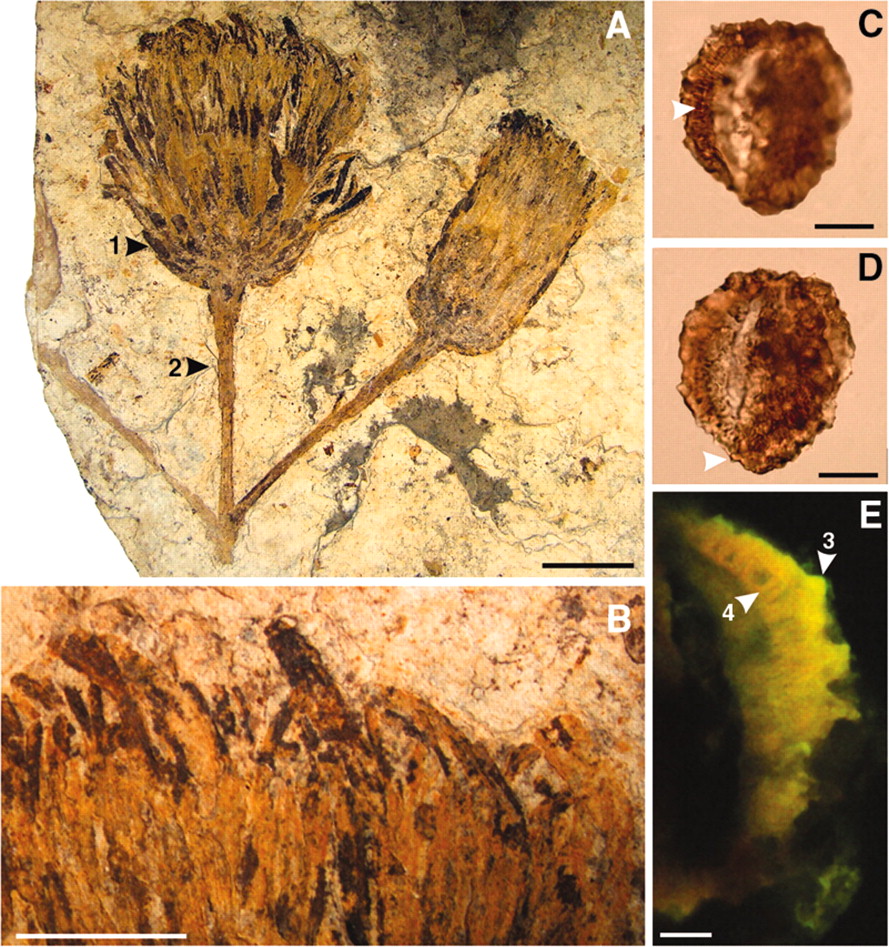Science News
Plants in the Spotlight

Plant science often gets upstaged by animal science—plants grow slowly and basically sit still, while animals exhibit interesting behaviors, look cute, and occasionally demonstrate intelligence.
Well, enough is enough! Over the past two weeks, we have seen some very exciting plant news, including recent funding for new research! From ScienceInsider today:
Long the impoverished Cinderella of the biological research kingdom, plant science has just had a visit from the fairy godmother. Today the Howard Hughes Medical Institute announced it would hire up to 15 plant biologists and spend $75 million over the next 5 years to enable these new HHMI researchers to pursue creative and fundamental research.
This research will also be funded by the local Gordon and Betty Moore Foundation.
Just in time, too. Also in the news today, one-fifth of the world’s plants are at risk of extinction. New Scientist runs the numbers for us:
The Sampled Red List Index for Plants indicates that 22 per cent of all wild plant species face extinction, comparable to the figure for mammals (21 per cent) and higher than that for birds (12 per cent). Of the threatened plant species, 63 per cent are found in tropical rainforest areas which could soon be cleared.
Also in science news recently, daisies. Daisies and their kin (which include sunflowers, dandelions, lettuce, and artichokes) are part of one of the largest plant families in the world. And new research, published last week in Science, confirms that they’re also really, really old. Scientists always thought that the family traced back about 50 million years, and now they have evidence—a fossil found in South America. From Nature News:
Complete with large flower heads, leaf-like structures and slender stems, the remains come from rocks in Patagonia that are 47.5 million years old, dating from the Middle Eocene.
Finally, published last week in the Journal of Ecology, 150 year-old pressed orchids in museum herbaria. That may sound like old news, but these antique flowers provide a new source of data for studying climate change. According to Wired:
Scientists have used the carefully labeled and dated specimens of the early spider orchid, Ophrys sphegodes, to examine the affect of spring temperatures on flowering. The flowers were collected between 1848 and 1958.
The results… found that for a 1.8 degree Fahrenheit increase in the spring temperature, the orchid flowered 6 days earlier.
As The Great Beyond Blog in Nature puts it:
Every year, the media reports that the transition between winter and spring is arriving earlier, and that plants are no longer blooming when they used to. But accurate records of the effects of changing temperatures on plant flowering times are patchy at best… The shortage of available data may not be a problem for much longer.
That’s because in addition to the orchids, there are literally billions more specimens held in natural history collections in museums and herbaria. Some specimens date back to the time of Linnaeus (who devised our system of naming plants and animals) 250 years ago. Climate tracking just got a lot easier, thanks to plants.
So let’s give it up for plants. It’s about time!
Image: Science/AAAS